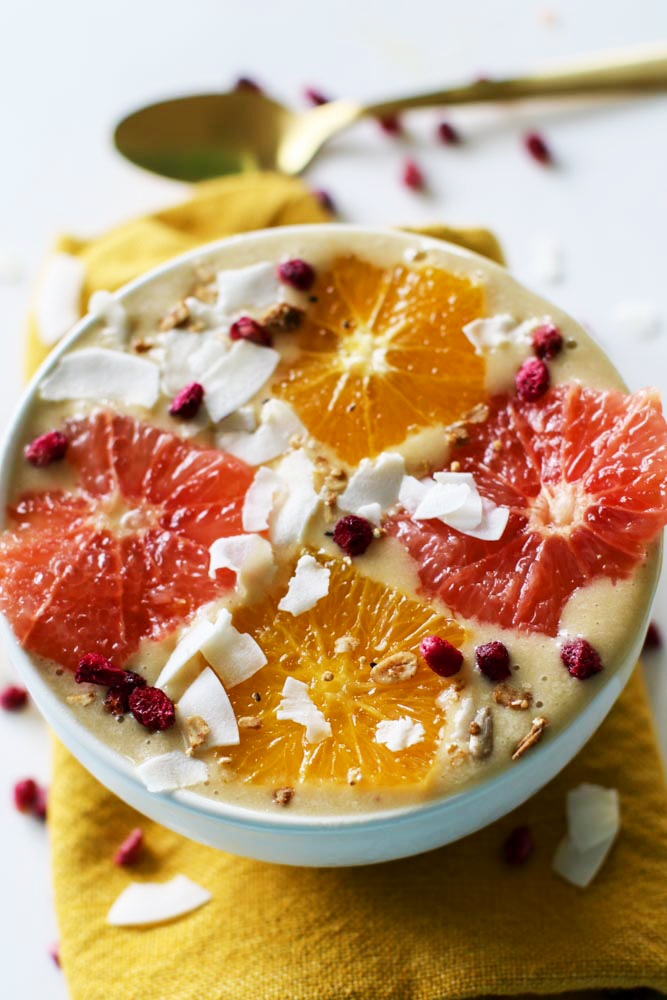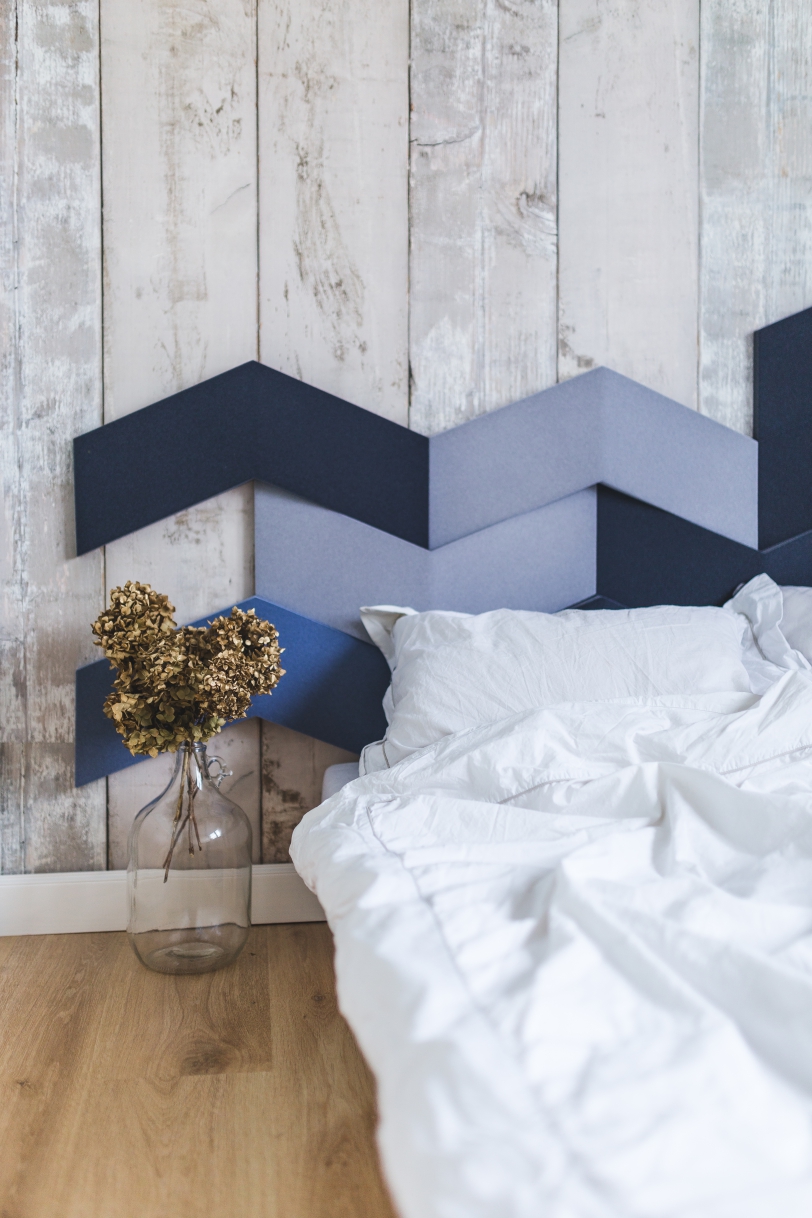The vast majority of women are not cellulite-free, regardless of our dress size. Even though cellulite is completely harmless (you can have amazing health and cellulite—more on that later), many women shell out for firming and anti-cellulite creams in an effort to banish dimples both large and small.
Anti-cellulite creams don’t have permanent results, however. (Those containing caffeine or similar ingredients may temporarily enhance the firmness of skin; caffeine is a diuretic, so it helps draw excess moisture from the skin, making the surface of skin feel smooth and firm—A coffee scrub can have the same effect!)
Finding the best cellulite treatment starts with understanding what’s going on beneath the skin’s surface.

What Is Cellulite?
Cellulite is a dimpled texture on skin that results from fat pushing through connective tissue. The chances that we’ll develop cellulite are influenced by our genes, amount of body fat (though it doesn’t take much—you can be underweight and still have cellulite), and our sex. Women’s bodies store fat in columns while men’s bodies store fat in a cross-hatched pattern. In fact, 90% of women experience cellulite while only 10% of guys do.
The main takeaway here is that the mere presence cellulite isn’t necessarily indicative of poor health—and it’s not something to beat yourself up about! While it’s true that reducing overall body fat may reduce the occurrence of cellulite, it’s important to remember that body fat plays an important role in our well-being, and it’s worth approaching our own body fat with some nuance.
Moreover, estrogen levels, circulation, and age play a role in the occurrence of cellulite, too: elevated estrogen and advancing age combined with less than ideal circulation (which can be influenced by estrogen!) increase the chances of developing cellulite.
Indeed, cellulite is no surface-level issue. Although we don’t have control over many of the factors that contribute to cellulite, there are a few things we can do. Good news—the best cellulite treatment plan is likely to enhance your overall wellness—not just spot-treat a “problem” area.
Massage—The Best Cellulite Treatment (from the Outside)
Myofascial release or massage (a.k.a. “body sculpting”) is a form of very deep tissue massage that targets fascia, the connective tissue that acts like a netting to support muscles and organs. With age, fascia can become less pliable, and the stiffened tissue may trap fatty deposits, contributing to cellulite and lack of definition. These intensive massages aim to loosen fascia tissue and allow fat to sit more evenly. Multiple treatments are recommended for best results (and from $100-150 a pop, they can get a little spendy.)
For a more budget-friendly option, try a foam roller with certain cellulite-busting exercises to reduce the appearance of cellulite—and improve your circulation while you’re at it. As with myofascial release, consistency is key.
Also, these foam roller stretches target common areas for cellulite, including butt, inner thighs, hips, and quads.
Nutrition—The Best Cellulite Treatment (from the Inside)
As we’ve seen, fascia plays a role in the appearance of cellulite. One of the main components of fascia is collagen. While the abundance of collagen in our bodies is influenced by hormones and age, we can eat a collagen-supportive diet that promotes supple skin (and healthy fascia). One of the best ways to nurture your collagen from the inside is through vitamin C-rich foods, including citrus fruits (all the more reason to drink lemon water in the morning!), berries, bell pepper, dark leafy greens, and tomatoes.

Try this delicious sweet citrus smoothie bowl to get a jumpstart on your vitamin C for the day!
What is the best cellulite treatment in your experience?
Related: Say Adios To Saddlebags & Cellulite With These 5 Outer Thigh Exercises (Video)
Show Off Smooth, Sexy Legs In All Your Summer Outfits With These 4 Easy Steps
Yoga for Runners: 8 Deep Stretches for Long Legs
Get more like this—Subscribe to our daily inspirational newsletter for exclusive content!
__
Photo: Isi Akahome on Unsplash, Lauren Kirchmaier




